Media analysis is a great tool for an organization to get valuable information about how it’s represented in the media. An analysis can be qualitative about an organization’s public image, quantitative about the number of articles or mentions, or comparative to competitors. As all measuring and comparisons with different kinds of qualifications, also media analysis can contain some cryptic terms. We will now deep dive into the terminology that one encounters when examining media analyses.
The different meters can be divided into larger entities based on what they aspire to point out. These are:
1. Visibility and public image (quantity and quality)
2. Reach
3. Comparison
4. Value
Every one of these entities contains a few or multiple different meters and the explanation for the terms used. Hopefully, this article brings clarity to the terminology used in media analyses!
1. Visibility and public image (quantity and quality)
You should always keep in mind that visibility and public image can’t be treated as an exact science. The results that are gotten from analyzing visibility and public image are very much defined by what type of objectives have been set for the analysis in the first place. The objectives, in turn, always depend on the organization that is the subject of media analysis.
Number of mentions
The number of media hits can simply be counted and included in the analysis. A media hit means that the organization is mentioned in any given media outlet. However, for the purposes of the final analysis, it is not always fruitful to assume that a mention is a mention, or that all mentions are equal in value. It’s not that black and white – especially if the goal is to carry out a thoroughly done analysis. In this situation, the starting point and the defined objectives are crucial.
Quality of mentions
If quantity is a bit ambiguous, then quality is definitely that. The quality of the mention can be approached from different angles, such as:
- Active or passive agency (interviewed or quoted vs. mentioned only and stance on an issue is not brought up)
- Primary or secondary agency (key opinion leader status, views most visibly brought up in an article e.g. in the title or lead text vs. views brought up in the same article but not mentioned e.g. in the title or lead text)
- Regional divide
- Media outlets that brought the most hits
- Most quoted people
- Mentions related to different themes
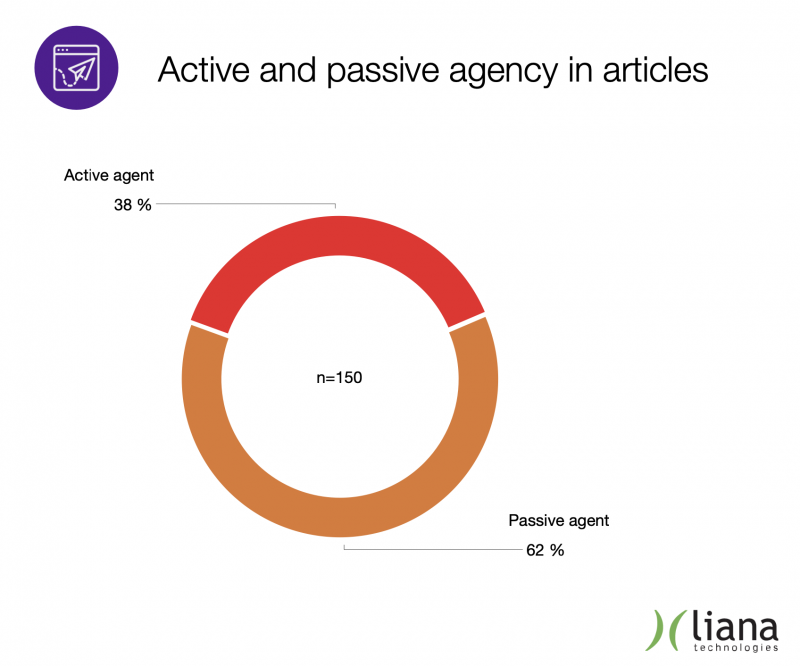
Visibility of a theme or industry in the media
A separate thematic analysis can be made of mentions around a theme or different themes. In this type of analysis, the focus can really be how an organization comes up related to a theme. Ideas on how to get earned visibility and really stand out within an industry can also surface from the analysis. It can also shed light on what kind of press releases and narratives are published around a theme or an industry.
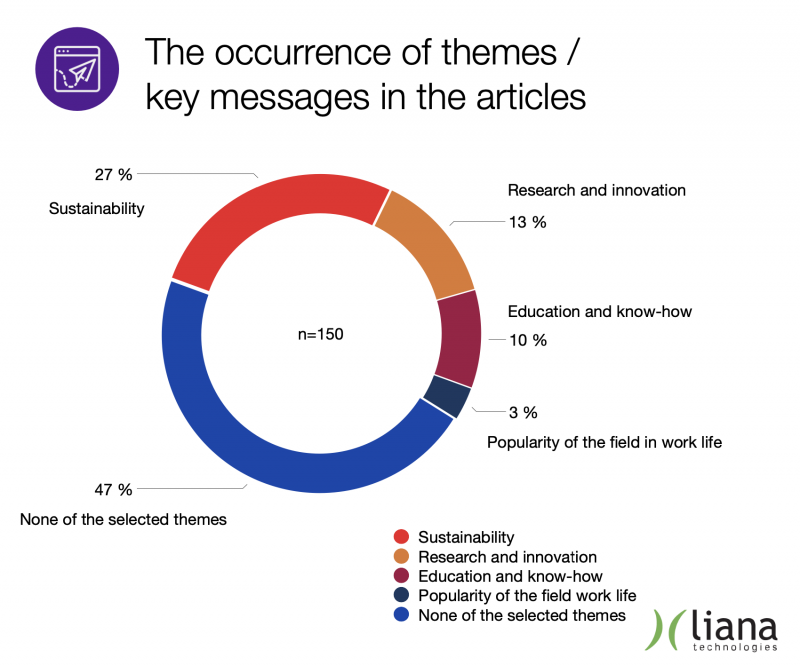
Social media analysis
In social media analysis, mentions of an organization, @publishername, and possible hashtags are monitored. The sources for monitoring are usually Facebook, Twitter, Instagram, and YouTube, and often also blogs and forums. The analysis can cover how hits are divided between these sources or the number of hits from a certain source and their development over time.
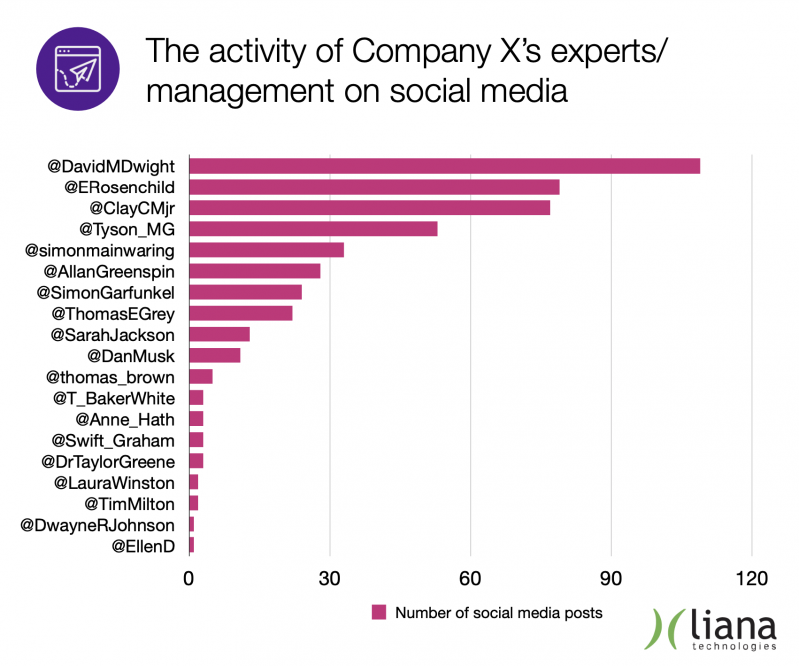
Tone
The tone of an article or a mention can be positive, negative, or neutral. It depends on the organization what the analysis focuses on and what kind of relevance the tone is given. For example, for one organization 30% neutral while the rest is negative can be a great result, while another organization views fifty-fifty neutral and positive as a depressing result.
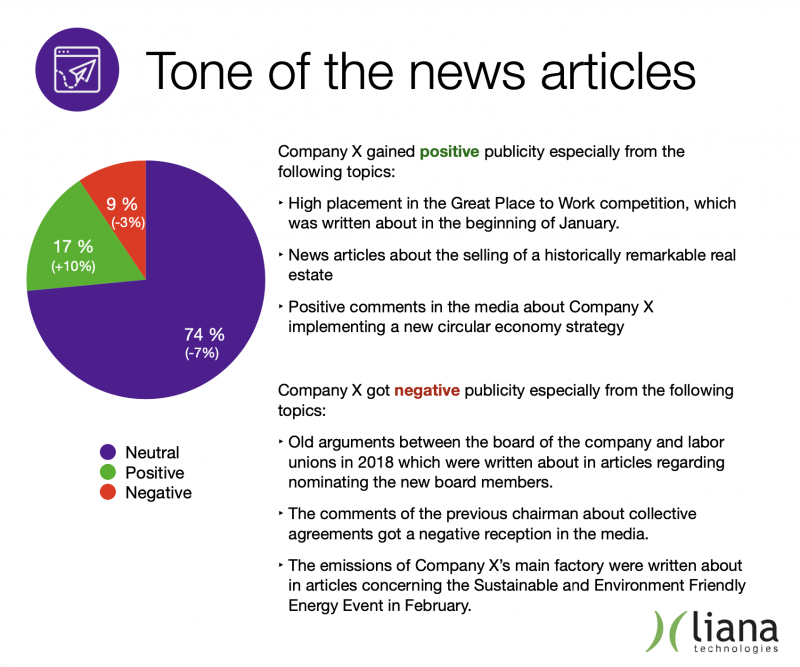
Meeting strategic goals
Interpreting an analysis is enriched when it can be viewed against an organization’s communications strategy. The strategic goals of communications can be:
- Increased primary role in articles
- Increased active role in articles
- Decreased negative-toned publicity
- Positive employee image
- Increased visibility in the key publications of the industry
- Increased visibility in the key publications of the region
Meeting strategic goals can be examined on a timeline quarterly or annually, for instance.
The most important thing in monitoring visibility and public image is to work out the starting point for your organization and monitor what kind of effect your communication actions have on the results. The point of the analysis is to steer your communications and marketing – not just give empty numbers.
2. Reach
Reach means the potential amount of people that a certain publication reaches in a month. The word “potential” is a hint that it’s not unique pairs of eyes that have actually seen the content on a certain site but more a suggestive crowd that a publication might reach in the ideal situation.
Reach on a timeline
Reach can also be monitored on a timeline. In this situation, the focus is on the changes that have occurred in how the reach has grown due to certain communication actions. When reach is measured on a timeline, the focus can also be reach in relation to competitors or comparative organizations.
Reach index
When reach index is taken as one of the factors under analysis, the most important media outlets for an organization should be known. In this case, the analysis can take into account that one mention about an organization in an important publication holds more relevance than 20 smaller mentions in publications that are not so relevant. Reach index can also be analyzed separately for online media and social media.
3. Comparison
Comparison for different purposes and with different methods can be included in an analysis. Comparison can be done to other organizations in the industry or compare an organization’s own visibility to an earlier analysis’ same timeframe.
Competitor analysis
Competitor analysis or comparative organization analysis (for example, when the analysis focuses on public sector organizations, competition is not really the term being used) analyzes the visibility of two or more organizations in online media. In this kind of analysis, a monitor is set to each organization and their public images are compared. One of the benefits of this type of analysis is that it can offer ideas on communication actions and provides a window to the operations of your dearest competitors in your particular industry.
Share of voice
Competitor comparison where the visibility of multiple organizations within an industry is depicted in the same pie chart. From the chart, it’s easy to get an overview of how visibility is divided between different organizations.
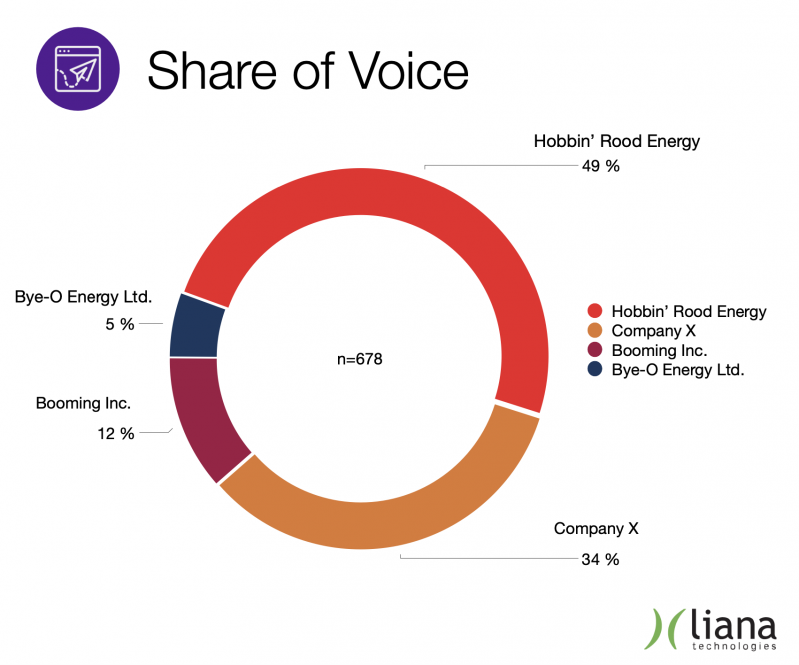
Timeline comparison
A big help to developing communications is timeline comparison, such as Q1/2020 vs. Q1/2021 or monitoring the development of visibility by quarter. In this type of analysis, the idea is to make observations during a certain timeline and then do communication efforts. The effects of these efforts are then examined in the next analysis that focuses on the next equivalent timeline.
4. Value
Calculations about the value of advertising are usually not included in a media analysis. However, those that work in communications, still have the need to understand the effectiveness and meaning of communications, and – to some extent – measure its value. Measuring visibility and reach and improving them when it comes to the publications that are the most important to your organization often bring more value than calculating advertising money. This is simply because it is difficult to determine a purely monetary value for the impact of communication and image building.
AVE
Advertising Value Equivalency aims to measure the value of communications in the same way as advertising value is calculated. Therefore, AVE compares communications content in a publication to what the same amount of space would cost as advertising space. This way of measuring is disapproved by The International Association for Measurement and Evaluation of Communication (AMEC) because very simply put: communications is not advertising.
ROI
ROI (Return on Investment) measures the amount of return on any investment. ROI is used in all areas of expertise and about all kinds of investments. By calculating ROI, it’s possible to work out the benefits that different marketing channels have.
An analysis that stems from your organization’s own goals – whether it focuses on the quantity or quality of mentions, reach or comparison – helps you to plan more effective and impactful communications and marketing. Finnish Golf Union has utilized media analyses and gotten a more concrete image of golf’s media visibility and can now measure the impact of their actions more precisely.
Would your organization benefit from a media analysis focused on your public image and visibility?


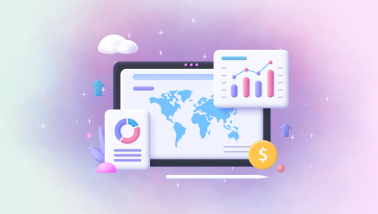
![How to Get Started with Podcasts? [Infographic]](/media/blog/podcast-article/cache/starting-your-own-podcast-article-cover-378x214,c.png)